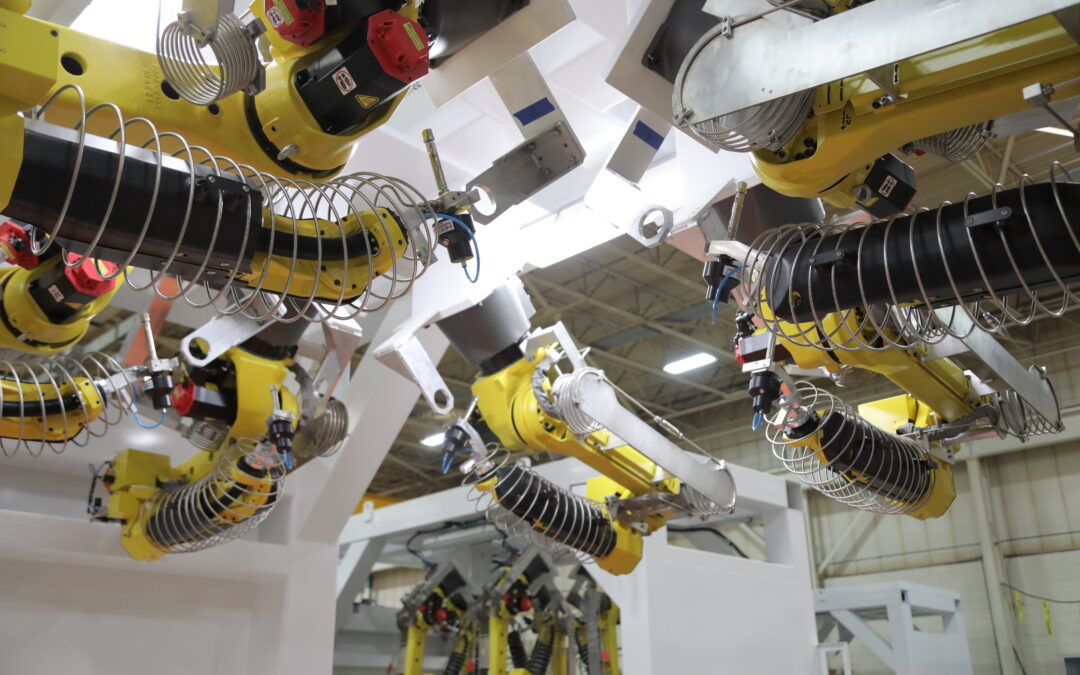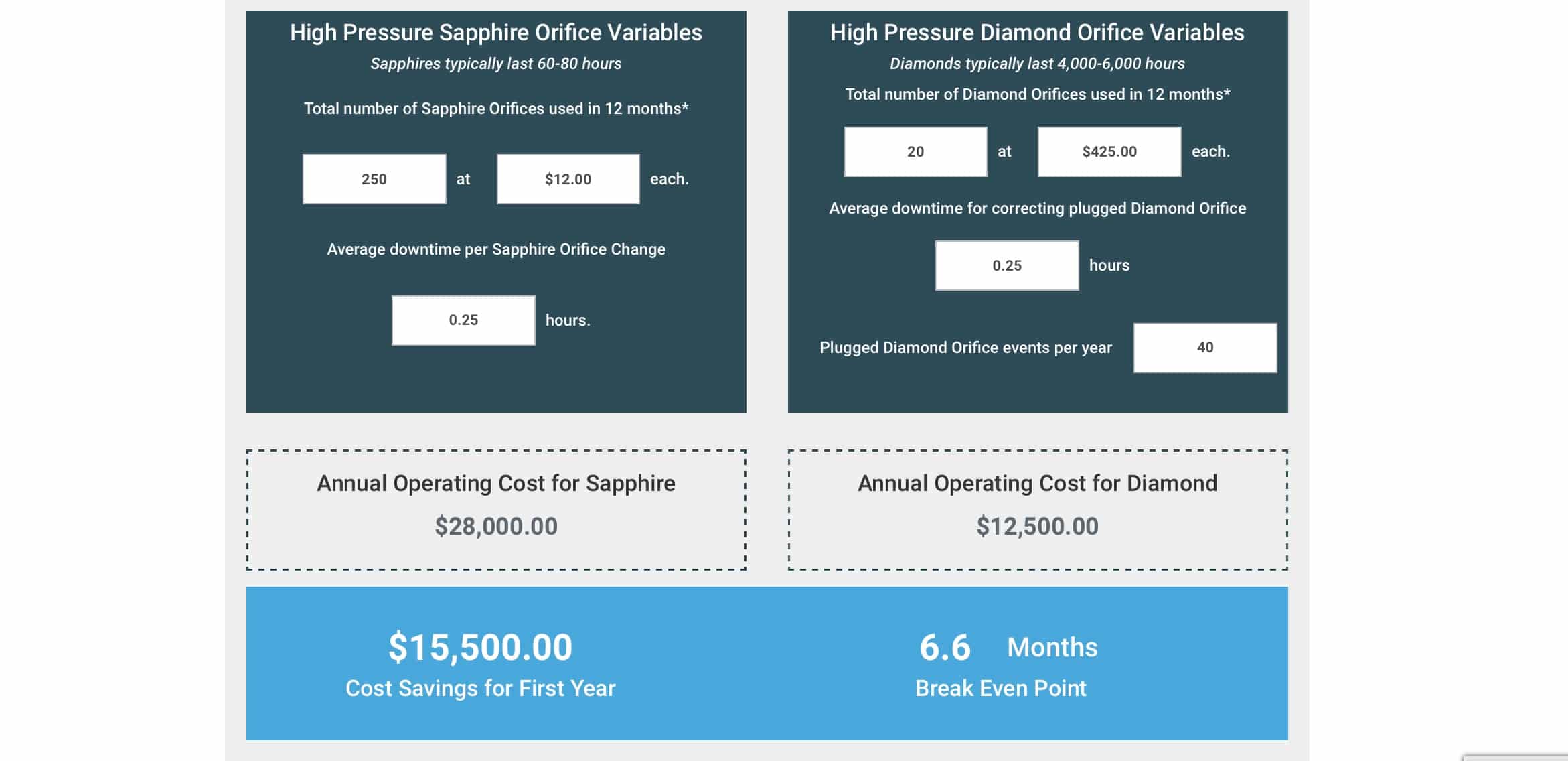Robots can greatly improve productivity and lower operating costs, but there’s always room for improvement. Aftermarket services providers have a deep toolbox of services that can further reduce your operating costs.
Robotic automation is helping the makers of products ranging from baked goods to boats reduce their operating costs, increase productivity, and enhance product quality. Most facility managers need assistance at some point from an automation aftermarket services provider, whether to deal with a production problem or to enhance your automated processes.
There are many ways these aftermarket services providers can support you. Below are three areas that typically offer the greatest potential benefits.
Training for your team members
It’s quite possible that there’s never been a greater need for training your automated-system operators and maintenance technicians. The technology has grown increasingly sophisticated, requiring more-skilled team members, while at the same time those team members are far harder to find and maintain due to the ongoing labor shortage and high turnover.
Your automation integrator/supplier probably provided your team with training as part of system commissioning. Most facility managers rely on those team members to pass along what they learned to their co-workers. The problem with that approach is similar to what happens when playing the classic “telephone game” that involves a sentence that’s retold to person after person. By the time the sentence gets to the last person, it barely resembles the original. It’s far better to return to your integrator/supplier for training to ensure accurate information based on current best practices.
The highest quality training is delivered by integrators/suppliers with dedicated training facilities and instructors. Doing the training at your facility is usually easier and cheaper, but that training is almost always interrupted by trainees being called away to manage urgent needs.
Opting for offsite training also reduces the risk of damage to your equipment. You don’t want a green operator crashing one of your expensive robots. Training centers are configured to be mistake-tolerant.
Choosing the right consumables for your cutting operation
Analyzing the total cost of ownership of your cutting operations can uncover significant savings. One such example is the dynamics of orifices: sapphire versus diamond. If you’re doing waterjet cutting, there’s a good chance you are using sapphire orifices. They are considered a consumable, with a life as short as one hour but typically closer to 60 hours, at a cost as low as $12, but typically from $15 to $50. Compare that to the cost of diamond orifices at a cost of approximately $450, and it’s little wonder that the cheaper option is the most popular.
But when you consider the life of a diamond orifice is in the 4,000 to 6,000 hour range, it might be time to do a little math. The cost of the diamond orifice is about 10 times more than the sapphire but they last approximately 100 times longer. And you vastly reduce the downtime to replace orifices.
Another benefit from diamond orifices is that they produce a more cohesive stream that can result in longer mixing-tube life and increased cutting power.
Switching to diamond orifices is simple, but be cautious when ordering them. There are many offshore providers of very low-quality orifices. Verify the quality or rely on your service provider for guidance.
Not that long ago, diamond orifices were the most-common technology in use, found on over 70% of robots. But high turnover and poor training created a shocking problem. Untrained operators regularly discarded diamond orifices at the same interval they would discard sapphires, literally throwing hundreds of dollars of tooling in the trash. Be sure your team members understand the difference between sapphires and diamonds.
Of course, every application and situation are different. Consult with your aftermarket services provider to explore the wisdom of converting to diamond orifices, or start by using this calculator to see your estimated savings by converting to diamond orifices.
Equipment maintenance
It is common sense that your robots and related systems need to be properly maintained, but that maintenance often doesn’t happen. One reason is it’s not always obvious that maintenance is needed. This takes us back to training. A properly trained operator can not only recognize when maintenance is required but may be able to perform more of that maintenance themself.
Orifices, both sapphire and diamond, require occasional maintenance. As the sapphire starts to wear, the intensifier must work harder to maintain the required cutting force. That increases wear and tear in the seals, check valve parts, and other consumable components. It may also result in damaged parts or poor/incomplete cuts. Diamonds are less prone to wear, but their longer life means they will occasionally need to be cleaned or serviced.
Aftermarket services providers can either train your team to conduct common maintenance activities or simply provide these services.
Make the most of aftermarket services
These are three of the highest-value aftermarket services available, but they’re certainly not the only ones. Reliable aftermarket automation service providers have a deep toolbox of options to support your organization. Of course, they can provide repair parts/service and consumables, but they can also assist you with system upgrades, build prototypes, create and refine process enhancements, provide offline programming and more.
Whether your goal is to decrease cycle time, enhance product quality, or reduce operating costs, check with your aftermarket services provider to see how they can support your facility’s success.



Recent Comments